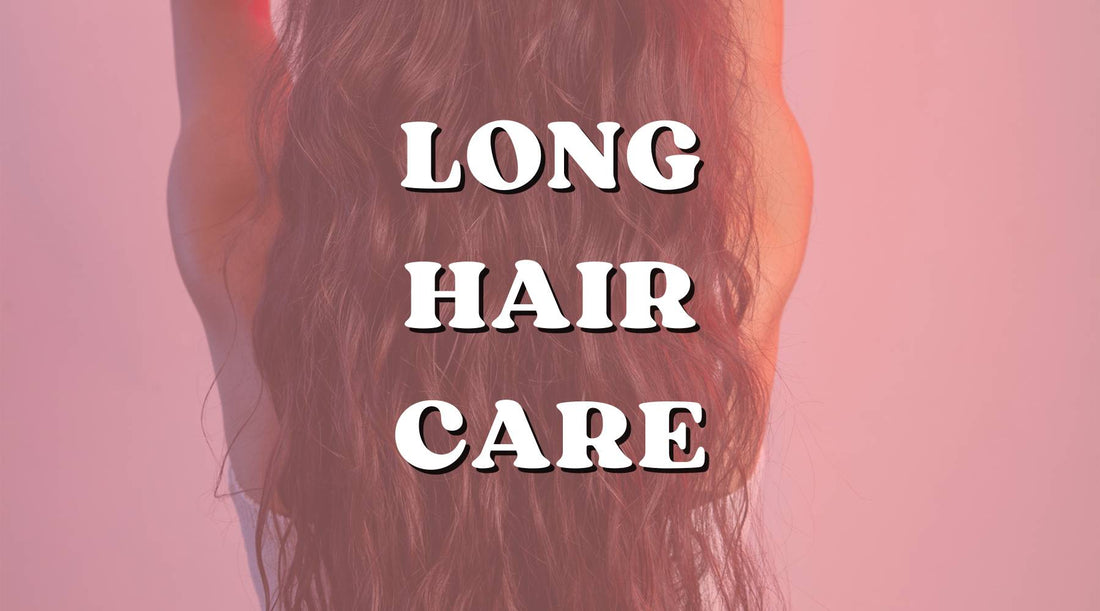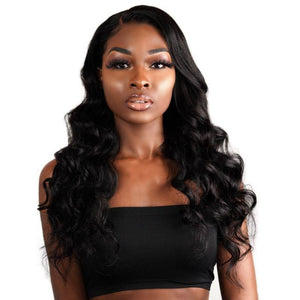Long Hair You Should Care!
The hardest part about growing your hair to your desired length is retaining the inches you’ve already grown.
It's imperative that when your hair is growing healthy you maintain it and take care of it to keep it growing healthy.
Of course, if you want longer hair without the hassle you can always grab a human hair glueless wig. You can pop it on and off and not worry so much about the long hair woes.
Keep reading this article to discover some tips and tricks used by a lot of women when it comes to taking care of your long hair.
1. Key Times to Avoid Breakage
It probably goes without saying, but breakage is your hair’s mortal enemy, and like kryptonite, to Superman, you can encounter breakage at every turn.

In the Morning:
When brushing your hair be sure to brush through your strands gently finger detangle any knots, and if you hear a distinct *CRACKLE* that is breakage, and you have gone through your hair too roughly.
Be patient when working through your hair with any detangling tools.
When washing your hair:
For Naturals: Be sure to comb your hair when it is at least slightly damp; moisture is your friend when trying to detangle and avoid breakage.
Dry hair will snag on any comb or brush that you try to use during your wash day process.
For All Hair Types: Be sure to comb through your hair, section by section, and starting from the bottom up to limit snags as you work your way through the hair shaft.
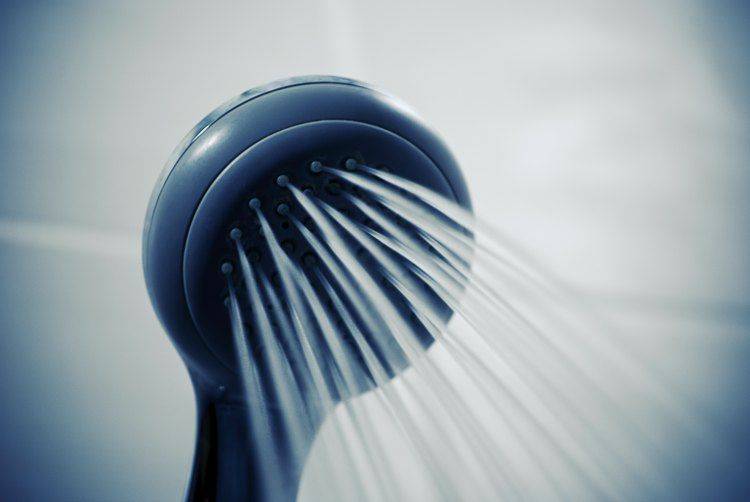
When Drying Your Hair:
When drying your hair try wrapping and wringing your hair out with an old cotton tee instead of your bath towel.
Yes, both are cotton, but the texture of a bath towel is a lot rougher than that of a t-shirt, and when your hair is dripping wet it tends to be at its weakest point.
The towels’ grooves and loops will cling to your hair and snap your strands when you are trying to rid yourself of the excess water.
Instead, put your head through the neck of the t-shirt and wrap the body of the tee around your head into a bun. Leave the bun for about ten minutes so that the water can absorb and then let it down to continue to detangle and style as usual.
At Night:
Friction is not your friend.
Use a silk or satin pillowcase or bonnet to avoid your hair experiencing friction, damage, and then finally breakage.
Softer materials are less likely to result in split ends which will have to be cut off and delay length retention.
It may also be beneficial to braid your hair before you put it in a bonnet. That way it makes it hard for your hair to get out from under the bonnet or end up with any tangles that need to be worked through in the morning from your tossing and turning.
2. Trim the Split Ends
Speaking of split ends, everyone has their theory on when and how much hair you should trim.
However, to take care of your long tresses, you should only trim when required.
There is no need to go to your trusted cosmetologist every 4 to 6 weeks if your ends are just as blunt as the day she trimmed them the month before.
Sure, it is important to keep up with your split ends and take care so that the hair does not continue to split up the hair shaft, but there is no need to trim hair unnecessarily.
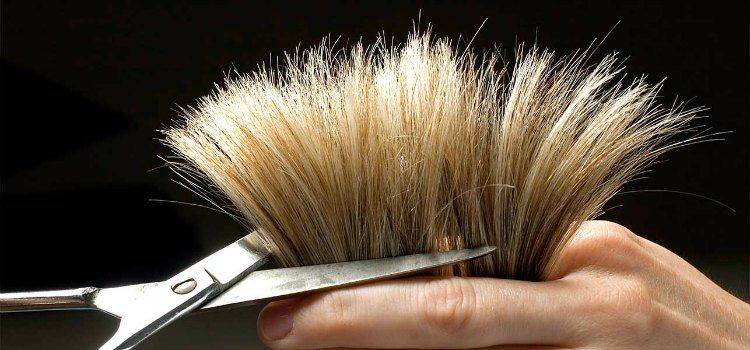
3. Protein vs. Moisture
Your hair speaks volumes, and sometimes you just have to listen to know how to treat it and ensure that it is taken care of properly.
Now, we all know that dry hair is a no go, but some of us may think that our hair has the necessary amount of moisture just because we have hair that has grown past our shoulders.
WRONG!
If your hair is rough to the touch, snapping, or popping excessively even with the gentle combing instructions listed above, we need to moisturize it.
The moisture will eliminate that brittle feeling and promote elasticity. You can do that with a DIY deep condition or products from one of your favorite hair care lines.
The L.O.C method is a personal favorite.
The initials stand for Liquid Oil Cream. When my hair is unusually dry, I use the L.O.C Method to ensure moisture retention.
The L.O.C method is good for in-between wash days and requires a layering of products. First, you should apply a water-based liquid to the hair, then seal the moisture with oil, and finally administer a cream or butter to style.
However, there are times when we expose our hair to too much of a good thing. When your hair starts to feel limp and too moist, almost to the point where it is mushy, your long locks may be missing protein.
A lack of protein can also cause breakage and result in ends that look see-through.
To maintain consistency throughout the density of your hair make sure that you do not over moisturize and treat your hair to a protein treatment every now and again to strengthen the hair shaft.
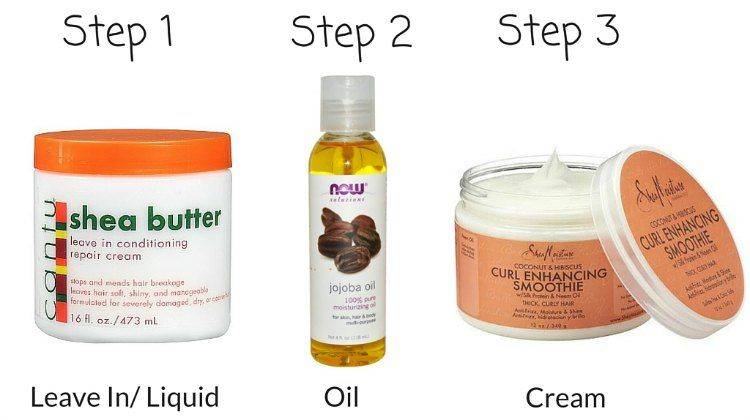
4. How to Shampoo Long Hair
A clean scalp is essential to the growth and maintenance of long hair.
If the hair follicles on your scalp are filled with dirt and blockage, your hair is not going to grow through all of that. It is important to shampoo your hair properly and as often as needed to rid your scalp and strands of product build-up.
Product build-up on the hair strand will block any moisture or protein that needs to penetrate the hair shaft and strengthen your hair.
You may think that it does not matter how you tackle the shampooing portion of your wash day.
Hey, as long as the soap gets everywhere and water rinses it all out that is mission accomplished; right?
WRONG!
Washing your hair in one large section that will lead to snags, single strand knots, and breakage.
Instead, you should section your hair into four smaller sections when washing so that you can avoid any unnecessary knots or tangles.
Now onto the science portion of today’s lesson.
Shampoo
The typical shampoo is basic, which means the pH level is high.
Your hair is acidic which is the opposite of basic, and the two do not like to co-mingle as much as you would think. That is why you hear so much about shampoos stripping your hair of its natural oils.
And even worse, is over washed hair that can result in the hair shaft being compromised and wearing away.
Your hair and skin react well to a solution with a pH of about 5.5.
A good astringent to use to clean your scalp and hair would be diluted apple cider vinegar. To do that you should fill an empty spray bottle with two parts water and part ACV.
This solution will give you the perfect amount of ACV to cleanse your scalp on wash day.
Long Hair Care Tip:
Co-washing is also an effective way to cleanse your hair and give you an extra boost of moisture.
Use this method of cleansing if you are looking to get rid of mold build-up or in between big wash days
. A clean scalp is crucial to hair growth. However, if you have a lot of product build-up, an old-fashion shampoo may be a better option for you.
5. Diet and Exercise Matters
When it comes to taking care of your hair, you are what you eat remains true!
Your hair grows from inside of your body, so to ensure luxurious, healthy-looking hair, be sure to take heed to what you are putting in your body.
A well-balanced diet of low-fat proteins, dairy, fruits, veggies, and whole grains will promote strong and healthy hair less prone to breakage. If you know that you may not intake all of the proper nutrients that a balanced diet requires, you may want to consult with your physician about taking a vitamin or supplement that your hair can benefit from.
Many people promote taking Biotin to stimulate hair growth and thickening but to affect the hair that is already flowing from your scalp you should try vitamin E.
Vitamin E will keep your hair healthy and do wonders for your skin and nails as well. For immediate results, if you do not want to take the pill orally you can also crack the vitamin open and apply the oil inside the pill directly to your hair.
Exercise also plays a part in maintaining healthy strands.
Stress from work or personal issues can lead to bald spots and unnecessary shedding anywhere from 3 to 6 weeks after a very stressful occurrence especially when it goes unresolved.
Try exercising before it gets to the point of hair loss, and ease any anxiety or stress.

6. Low Maintenance/Low Manipulation Styles
Long hair will stay long if you style it in ways that are not too stressful to the hair shaft.
It is also important that you avoid styles that may cause your ends to brush against your shoulders or rough clothing.
Simple hairstyles that do not require a lot of upkeep are key, and this is where protective styles come into play.
Weaves, braids, or buns are ideal because they enable to you moisturize your scalp, wash your scalp as needed, and keep your ends tucked away deterring split ends.
Also, when putting your hair in a bun or high ponytail be sure to use an elastic band with no metal bit; the bit can snag on your hair and cause breakage.
Sidebar:
Human Hair Weave and braided styles are great protective styles but are sure to stay away from braiders who may incorporate too much tension in their styling methods. Braids that are exerting too much tension and leave you with little white puss-filled bumps will likely result in breakage or a bald spot and defeat the purpose of your protective style.
7. Hands Off the Long Hair
Keep your hands out of your beautiful long hair!
I know it is a challenge to resist the urge, but you must!
Every time you run your fingers through your hair you risk the onset of a large knot or numerous tangles popping up as a result. So every time you twirl, coil, or flick your hair over your shoulder think about breaking out those scissors to cut off the single strand knot you formed down your hair shaft.
Sidebar:
Even though we want to discourage you from keeping your hands in your hair unnecessarily, a good scalp massage has amazing benefits to the health of your hair and rate of hair growth.
Massage your scalp two to three times a week to stimulate your scalp and promote hair growth and healthy appearance of your hair.
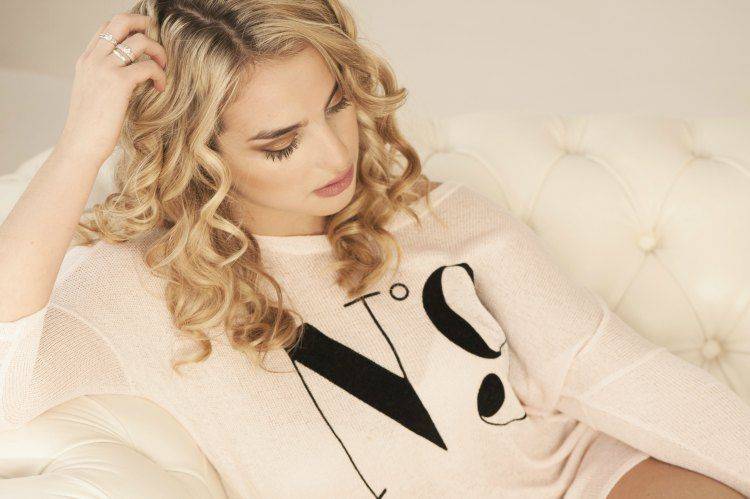
8. Avoid the Heat Tools
Blow dryers and flat irons are not your long hair's friends. Sure we all want that bone-straight look every once in a blue moon. However, constant heat on the daily will result in heat damage and fried ends. You will eventually be forced to cut the damage, and that does not lead to length retention.
An alternative to flat irons includes large rollers that you can use to stretch the hair and give it a straighter texture, or try keeping your flat iron below 300 degrees. That is said to be the highest temperature that your hair can take and still revert to its healthy state once wet.
You can also blow dry your hair on a cool setting or try braid curls to give your hair a wavy look as opposed to wand curls.
Taking care of longer tresses require a little more time and patience than shorter lengths. The hair towards the end of the strand is older and more fragile than the new growth.
However, with a little TLC, you can take care of your locks
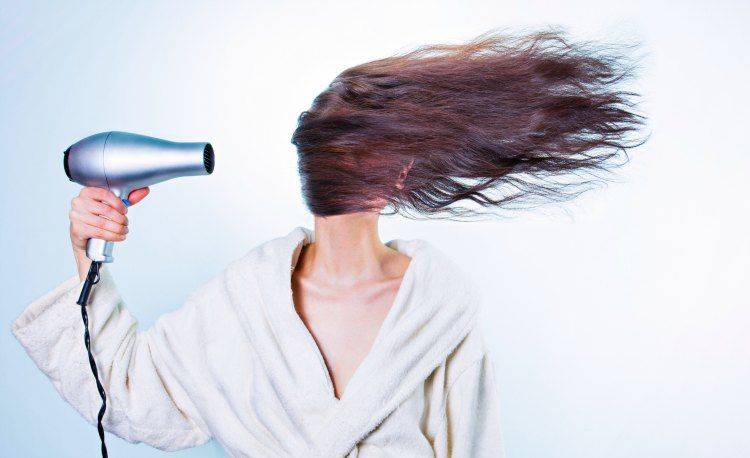
1. How often should I wash my long hair?
Answer: The ideal frequency depends on your hair type and lifestyle. For most people, washing long hair 2-3 times a week is sufficient. Over-washing can strip your hair of its natural oils, leading to dryness, while under-washing can cause buildup.
If you have an oily scalp or exercise frequently, you might need to wash your hair more often, but consider using a mild shampoo to protect your hair's natural moisture.
2. What's the best way to prevent split ends?
Answer: Preventing split ends is key to maintaining the health and appearance of long hair.
Regular trims every 6-8 weeks are crucial, even if you're growing your hair out. Use a wide-tooth comb to detangle gently, start from the ends and work your way up, and avoid brushing wet hair as it's more prone to damage.
Additionally, using a leave-in conditioner or hair serum can help protect the ends from splitting.
3. How can I reduce hair breakage?
Answer: Reducing hair breakage involves gentle handling and proper moisturization.
Always dry your hair with a soft towel or a t-shirt instead of rubbing it vigorously.
Use heat protectant products before styling with heat tools and minimize the use of high-temperature settings. Incorporate hair masks or deep conditioning treatments into your routine to strengthen your hair and keep it hydrated.
4. What's the best way to brush long hair?
Answer: Start by selecting a brush with natural bristles or a wide-tooth comb to minimize damage. Begin detangling from the ends and gradually work your way up to the roots to prevent pulling and breakage.
Brushing your hair when it's dry is generally better to avoid stress on the hair strands. Doing this methodically can also distribute natural oils from the scalp through the lengths, adding shine and health.
5. How should I protect my long hair while sleeping?
Answer: Protecting your hair while you sleep can prevent tangles, breakage, and frizz. Tie your hair in a loose braid or a low ponytail to prevent tangling.
Using a silk bonnet or satin pillowcase can also reduce friction on your hair, which helps prevent damage and split ends. Additionally, avoid going to bed with wet hair, as it's more vulnerable to breakage.
!If you have a tip on how you take care of your long hair, drop it in the comments below.

